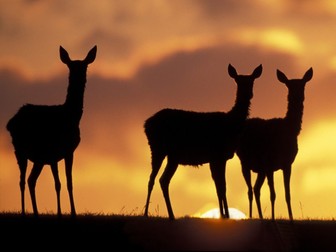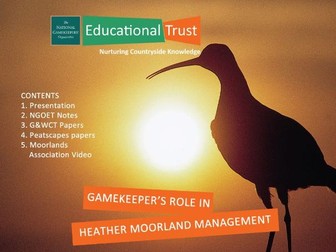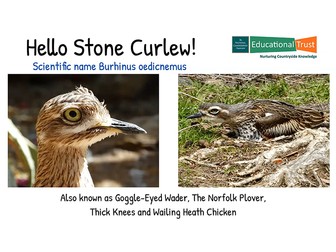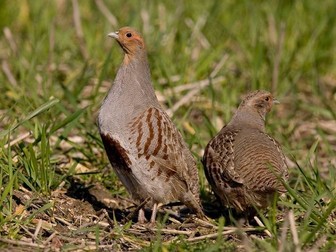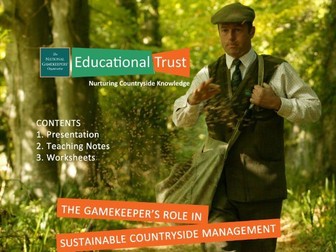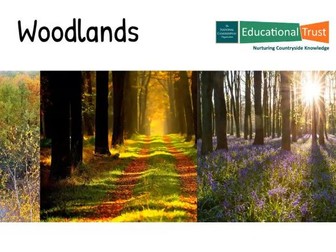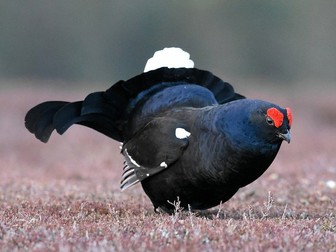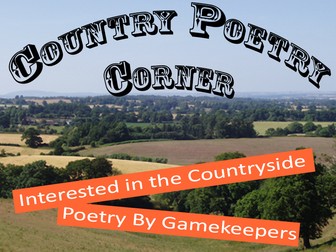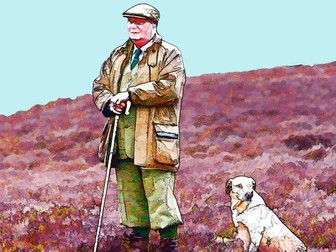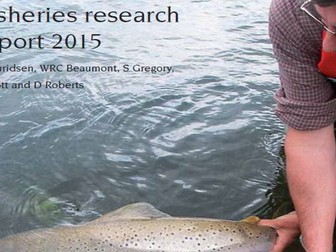Deer Management
<p>Learn more about the six deer species found in the UK, their lifecycle, including predators, the problems associated with their population increase and the effect they have on the habitats they inhabit.</p>
<p>This resource includes:<br />
• an extensive PowerPoint presentation covering all aspects of deer management,<br />
• comprehensive teaching notes to enable it to be used by a wide audience,<br />
• worksheets designed for completion by children or adults wishing to expand their knowledge.</p>
<p>The ever-expanding population has increased the need for more effective deer management. Deer population management should be carried out by trained stalkers. Approved training is provided by The British Deer Society and recognised College courses leading to professional qualifications.</p>
<p>One of the benefits of the increasing population is that venison is becoming more readily available. It is recognised that venison is a healthy, low cholesterol, organic meat.</p>
<p>NATIONAL CURRICULUM LINKS:</p>
<p>KS2 English: Writing and Spoken Language<br />
KS2 Science: Living things and their habitats, Animals including humans.<br />
KS2: Citizenship: Jobs</p>
<p>KS3 English:<br />
KS3 Biology: Interactions and interdependencies: Relationships in an ecosystem,</p>
<p>KS4 English Language GCSE: Writing, Reading, Speaking and Listening<br />
KS4 Biology: Ecology – Communities within ecosystems, Biodiversity, Maintaining biodiversity</p>
